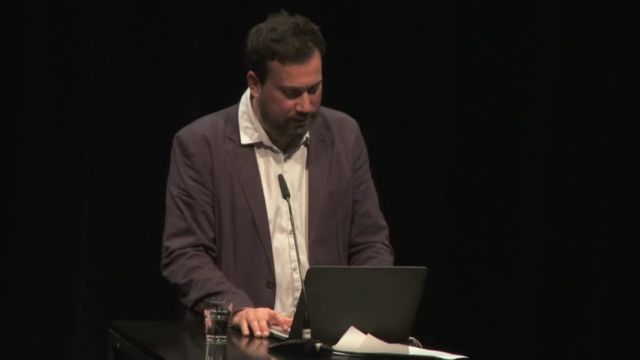Sensors
The Anthropocene Project. An Encyclopedia
Sensors on the skin, in our eyes and ears make it possible for us to see, to listen, to feel. Even if only in a limited way. Humanity is not capable of looking into the layers of the earth, for this we need technology. Prostheses of the human that relentlessly illuminate matter, looking into the stone layers or making the invisible visible at border controls, at the airport, on the sea. What about machines’ sense of tact? How sensitive can these sensors be? As romantic as the notion of the extension of the human arsenal of perception might be, it also includes the hope of a quasi-divine optimization. But what about human fallibility? Behind fully automatized lie detectors, there are algorithms programmed by human beings. The same thing is true of drones or laptops. Human machines that have quickly become irreplaceable for our perception. It is time to reexamine this new sensibility, including its preferences and fallibilities.
More information in the media section
Forensis Exhibition. Keynote Speech by Eyal Weizman, Curator of Forensis
HKW Talk on the Anthropocene. With Eyal Weizman, Curator of Forensis and Bernd M. Scherer
From Chechnya to Syria. Jonathan Littell in conversation with Eyal Weizman
A Report. HKW Talk on the Anthropocene | with Tomás Saraceno
A Report. A Matter Theater | Corporeality: Yannis Hamilakis
Anthropocene Campus. Presentation and Artist Talk: The Otolith Group
External links for further reading
Forensic Architecture, Files: Material Witness

